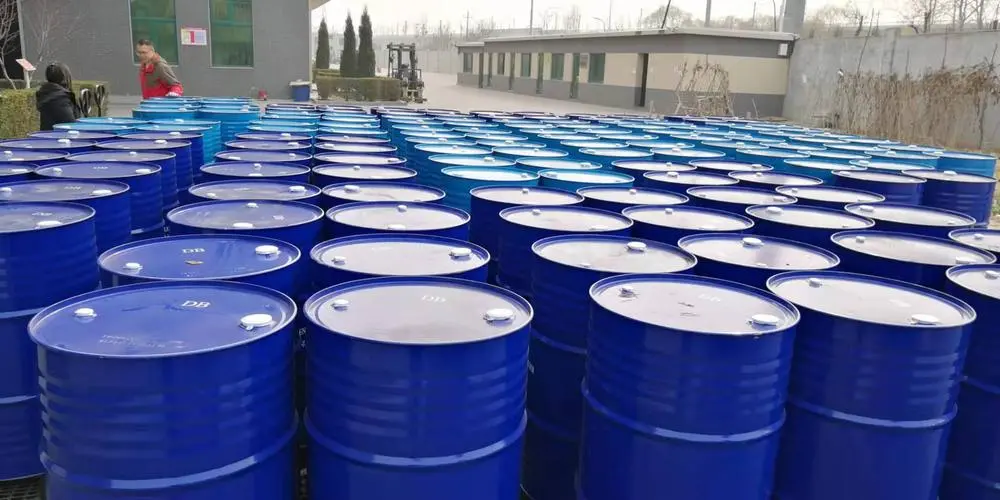Isopropanol is a colorless, flammable liquid that is widely used in various industries such as solvents, rubbers, adhesives, and others. One of the primary methods to produce isopropanol is through the hydrogenation of acetone. In this article, we will delve deeper into this process.
The first step in the conversion of acetone to isopropanol is through hydrogenation. This is achieved by reacting acetone with hydrogen gas in the presence of a catalyst. The reaction equation for this process is:
2CH3C(O)CH3 + 3H2 -> 2CH3CHOHCH3
The catalyst used in this reaction is typically a noble metal such as palladium or platinum. The advantage of using a catalyst is that it lowers the activation energy required for the reaction to proceed, increasing its efficiency.
After the hydrogenation step, the resulting product is a mixture of isopropanol and water. The next step in the process involves separating the two components. This is typically done using distillation methods. The boiling points of water and isopropanol are relatively close to each other, but through a series of fractional distillations, they can be effectively separated.
Once the water is removed, the resulting product is pure isopropanol. However, before it can be used in various applications, it may need to undergo further purification steps such as dehydration or hydrogenation to remove any residual impurities.
The overall process to produce isopropanol from acetone involves three main steps: hydrogenation, separation, and purification. Each step plays a crucial role in ensuring that the final product meets the desired purity and quality standards.
Now that you have a better understanding of how isopropanol is produced from acetone, you can appreciate the intricate nature of this chemical conversion process. The process requires a combination of both physical and chemical reactions to occur in a controlled manner to yield high-quality isopropanol. Additionally, the use of catalysts, such as palladium or platinum, plays a crucial role in enhancing the efficiency of the reaction.
Post time: Jan-25-2024





